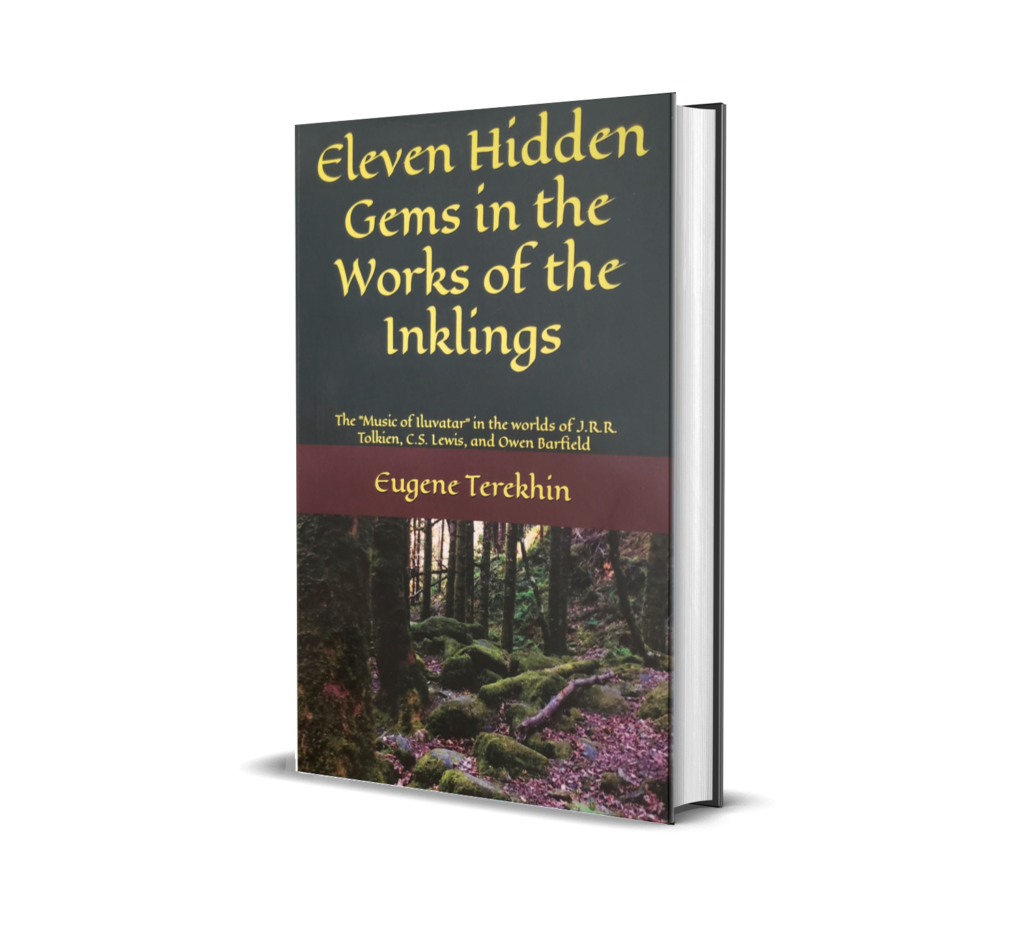Can you reverse post-traumatic stress disorder?
My grandfather fought in World War II. As a child, I would often ask him: “What is war like?” He never answered.
The memories were too painful. He never talked about them. He just drank.
Every memory or thought about the war brought the same emotions in him AS IF HE HAD BEEN IN THE MIDDLE OF IT.
He wasn’t. There was no war around. But he still felt it as if it was his PRESENT reality.
One consequence of PTSD is that once your brain has been hardwired to expect danger, it cannot distinguish between thoughts and reality.
A thought of war feels like an actual war.
PTSD (post-traumatic stress disorder) has been known for a long time – during World War I, it was called “shell shock.” But it wasn’t until the 1980s that a corresponding diagnosis was proposed.
What is the mechanism of PTSD?
John Bradshaw, the author of the bestseller Healing the Shame That Binds You, says that when a person goes through a traumatic experience, it gets imprinted in their brain within the next 72 hours unless they are able to talk it through with someone they trust.
Why?
Because trauma does not get registered in the brain when met with relentless empathy.
Trauma gets recorded in the brain and causes PTSD symptoms under one condition – the person has FELT an overwhelming emotion but never got any empathy.
In other words, when a person talks through their experience with someone they trust within the first 3 days, the brain does not create neuron pathways (electrical connections) that produce PTSD-related symptoms.
If, however, they suppress or deny their feelings, the traumatic event eventually gets hardwired in the brain.
When trauma gets hardwired in the brain, the brain gets chemically conditioned to expect the same traumatic experience again and again (and releases the same chemicals before the event happens).
What does that mean?
Every time you experience trauma – say, verbal or physical abuse, – you feel certain emotions.
Usually fear or anger or both.
Every emotion produces chemicals in the body.
Fear and anger pump adrenaline and cortisol into the bloodstream – the hormones of fight-or-flight.
Love and acceptance trigger the release of oxytocin (“love hormone”), dopamine (hormone of happiness), and serotonin (hormone of satisfaction).
If your body produces stress chemicals again and again, your brain gets used to them. The stronger the emotion the more it gets hardwired in the brain.
Through repetition, these emotional states (and corresponding chemicals) cause the brain to form dense neuron connections around them (electrical networks).
In other words, the brain becomes hardwired to expect the same experience again and again.
In the case of my grandfather, any reminder of the war would bring about unbearable feelings of pain (and chemicals of stress), and he needed a drink to calm down.
How do I reverse PTSD?
Tony Robbins said:
Whatever you keep in your mind on a continual basis is exactly what you will experience in your life.
Whatever we continually focus on will sooner or later manifest in our external experience.
If I keep focusing on something negative, the content of my mind will manifest in a negative outward experience.
If I keep focusing on the positive, the content of my mind will transform my outer reality into a positive experience (and heal PTSD as a side effect).
According to Brene Brown, no negative emotion can survive three things:
- Naming what you feel.
- Sharing it with a SAFE person.
- Getting relentless empathy from them.
So, how do you reverse post-traumatic stress disorder?
PTSD is created in the brain through some overwhelming emotion that triggered the release of stress chemicals.
PTSD is effectively reversed when we intentionally and continually refocus our mind on positive thoughts and interactions – and keep getting those hormones of love (oxytocin, dopamine, and serotonin)!
Check out my new epic novel based on a true story The New Exodus: Escaping Putin’s War



